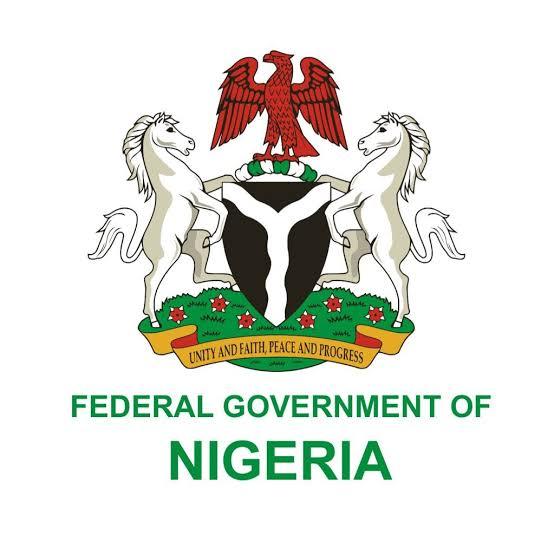Katsina State, located in the northwestern region of Nigeria, has consistently demonstrated a commitment to fiscal responsibility and strategic allocation of resources. In 2024, the state government, under Governor Dikko Umaru Radda, presented a comprehensive budget aimed at enhancing infrastructure, education, healthcare, and economic development. This article delves into the intricacies of Katsina State's 2024 budget, exploring revenue sources, expenditure patterns, and sectoral allocations.
Understanding State Allocation: The FAAC Framework
The Federation Account Allocation Committee (FAAC) is responsible for distributing revenue among Nigeria's federal, state, and local governments. In 2024, FAAC disbursed a total of ₦15.26 trillion, marking a 43% increase from the previous year. Of this amount, state governments collectively received ₦5.81 trillion.
Katsina State's share of the FAAC allocation was projected at ₦100 billion for 2024. However, by the end of the third quarter, the state had realized ₦55 billion, indicating a performance rate of approximately 55%. This shortfall necessitated strategic adjustments in the state's fiscal planning to ensure the continuation of key projects and services.
Breakdown of Katsina State's 2024 Budget
Katsina State's 2024 budget was initially set at ₦250 billion. However, following revisions, the final budget stood at ₦300 billion. The budget was structured to prioritize capital expenditure, reflecting the state's commitment to infrastructural development and economic growth.
Revenue Projections
-
Total Revenue (including Opening Balance): ₦300 billion
-
Actual Revenue Realized (Q1–Q4): ₦270 billion (90% performance)
-
Total Expenditure: ₦260 billion (86.7% performance)
-
Closing Balance: ₦10 billion
Expenditure Breakdown
-
Capital Expenditure: ₦180 billion
-
Personnel Costs: ₦50 billion
-
Overhead Costs: ₦40 billion
-
Other Expenditures: ₦30 billion
The emphasis on capital expenditure underscores the state's focus on long-term investments in infrastructure and public services.
Sectoral Allocations: Prioritizing Development
Education
Education received a significant allocation in the 2024 budget, with the Ministry of Education and associated institutions earmarked for substantial funding. The Ministry of Education had a final budget of ₦40 billion, achieving an 85% performance rate by the end of the year. Key initiatives included the renovation of schools, provision of learning materials, and teacher training programs.
Health
The health sector was allocated ₦30 billion, with a performance rate of 90% by year-end. Investments were directed towards upgrading healthcare facilities, procuring medical equipment, and implementing health insurance schemes to improve access to quality healthcare services.
Infrastructure
Infrastructure development was a cornerstone of the 2024 budget. The state allocated ₦100 billion to road transport projects, achieving a 95% performance rate. Major projects included the construction and rehabilitation of roads, bridges, and drainage systems to enhance connectivity and stimulate economic activities.
Economic Affairs
The state invested in various economic initiatives aimed at boosting productivity and employment. Allocations were made to support agriculture, small and medium enterprises (SMEs), and vocational training programs. These efforts were designed to diversify the state's economy and reduce dependence on federal allocations.
Revenue Sources Beyond FAAC
To supplement FAAC allocations, Katsina State explored alternative revenue sources:
-
Internally Generated Revenue (IGR): The state intensified efforts to enhance IGR through improved tax collection mechanisms, land use charges, and business permits.
-
Grants and Aids: Katsina State received ₦10 billion in grants and aids by the third quarter, representing an 80% performance rate.
-
Capital Development Fund (CDF): The state projected ₦50 billion in CDF receipts but realized ₦20 billion by the third quarter, indicating a 40% performance rate.
These additional revenue streams were crucial in financing capital projects and sustaining public services amidst fluctuating federal allocations.
Budget Performance and Implementation
Katsina State demonstrated commendable budget performance in 2024. The overall revenue performance stood at 90%, while expenditure performance was 86.7%. The state maintained a closing balance of ₦10 billion, reflecting prudent fiscal management.
Key achievements included:
-
Education: Renovation of over 150 schools and recruitment of qualified teachers.
-
Healthcare: Upgrading of primary healthcare centers and implementation of health insurance schemes.
-
Infrastructure: Completion of major road projects and improvement of rural electrification.
The state's commitment to transparency and accountability was evident in the timely publication of budget performance reports and citizen engagement initiatives.
Looking Ahead: The 2025 Budget
Building on the successes of 2024, Katsina State has outlined plans for the 2025 fiscal year. The focus remains on consolidating gains in infrastructure, education, and healthcare, while exploring new avenues for economic diversification. The state aims to enhance IGR, attract investments, and foster public-private partnerships to drive sustainable development.
Conclusion
Katsina State's 2024 budget reflects a strategic approach to resource allocation, emphasizing infrastructure development, human capital investment, and economic diversification. Despite challenges in revenue realization, the state maintained fiscal discipline and achieved significant milestones across key sectors. As Katsina State prepares for the 2025 fiscal year, continued commitment to transparency, accountability, and inclusive development will be pivotal in achieving its long-term goals.











